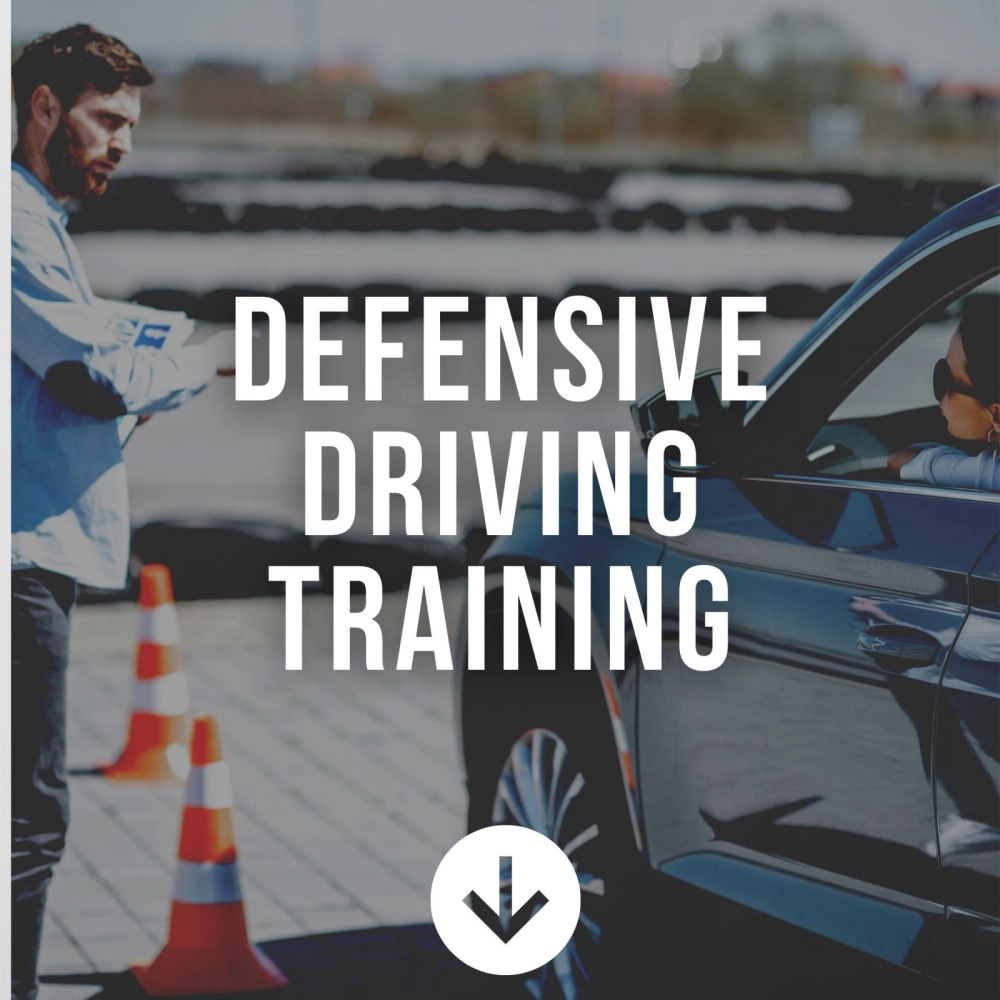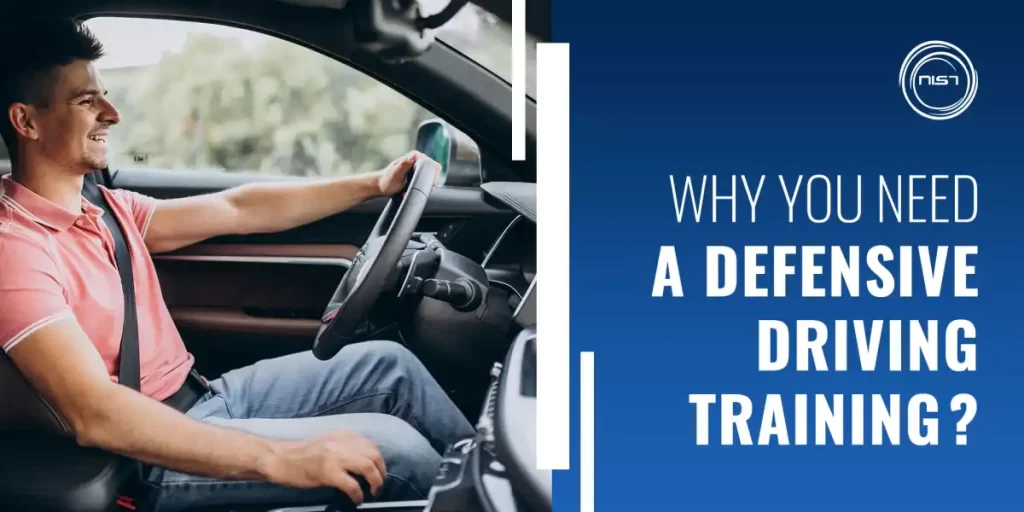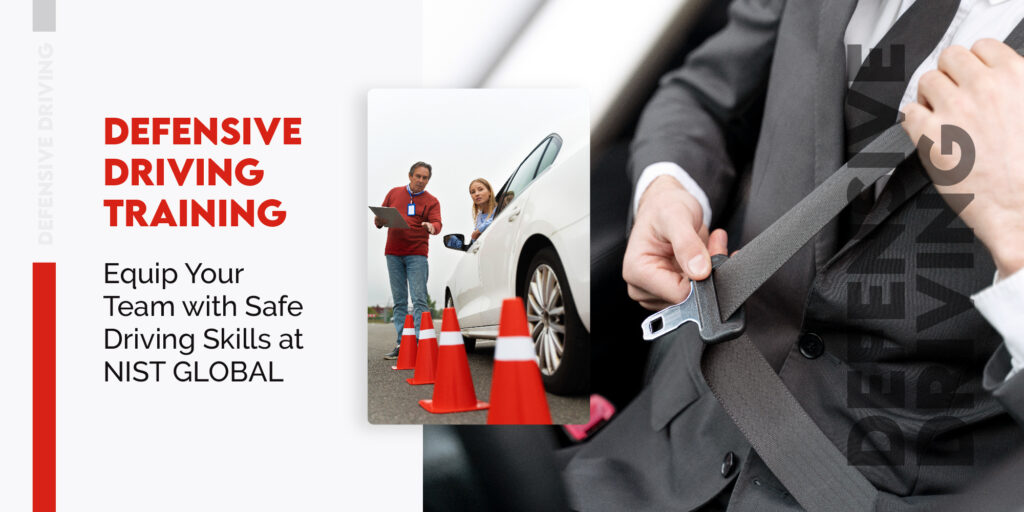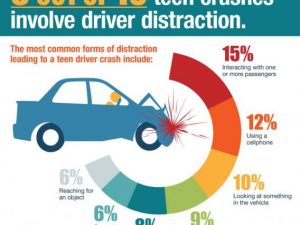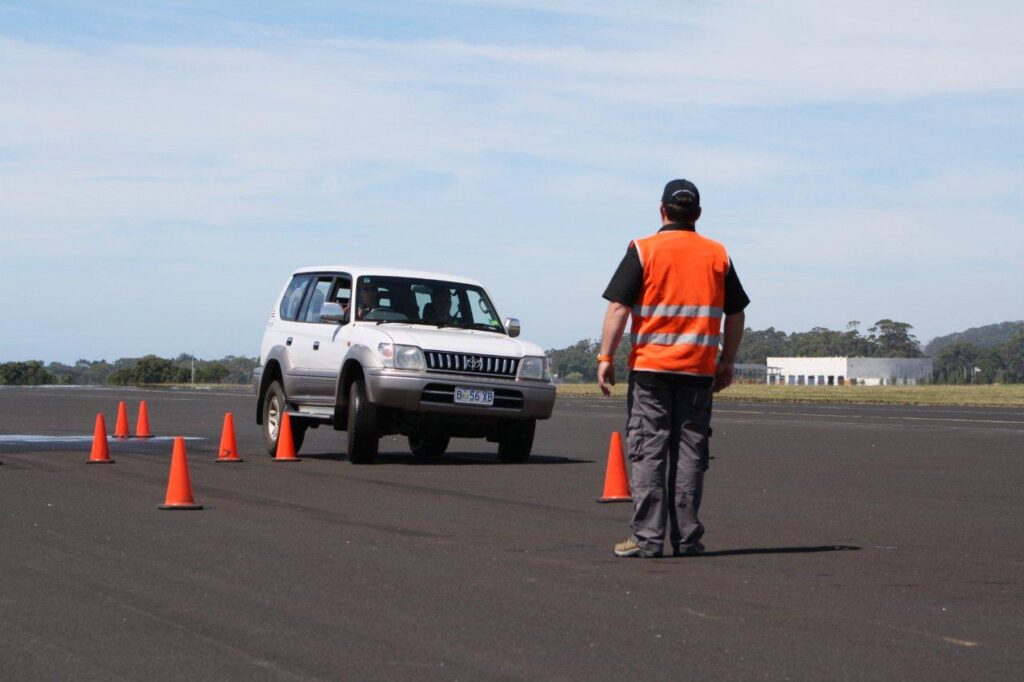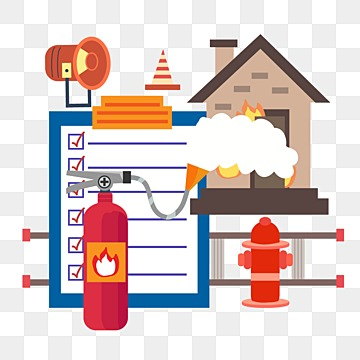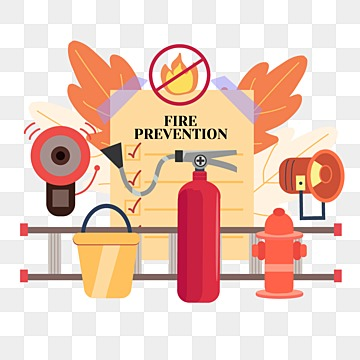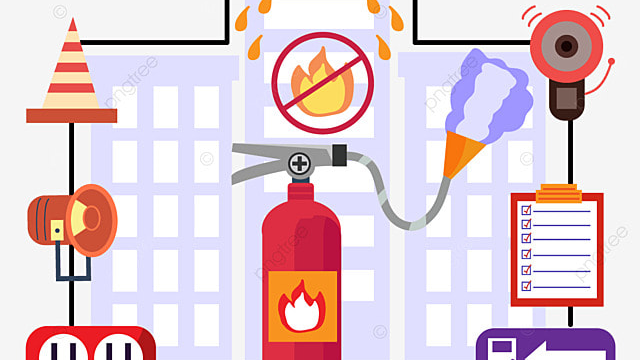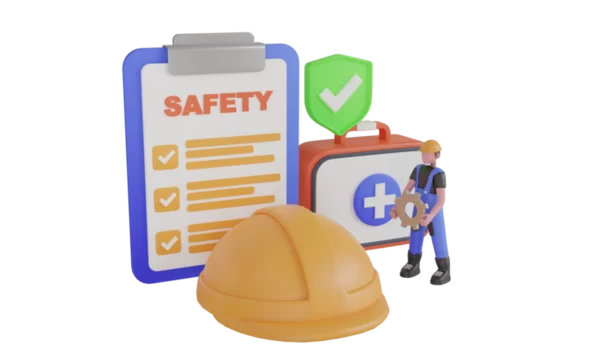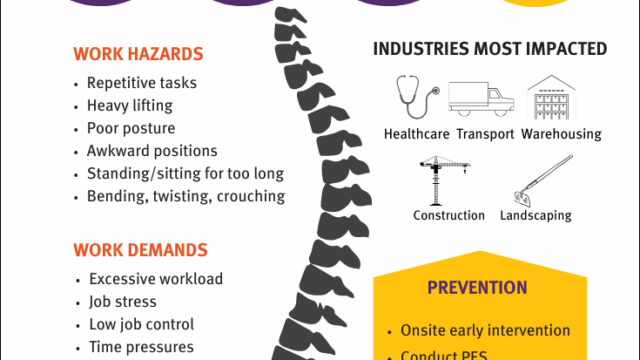Popular
Defensive Driving Training
Description
Course Outline
- Introduction to Defensive Driving
- Importance of defensive driving
- Key principles and mindset for safety
- Responsibilities of a defensive driver
- Traffic Laws and Regulations
- Overview of national and local traffic laws
- Penalties for violations
- Understanding road signs and signals
- Risk Awareness and Hazard Recognition
- Identifying potential road hazards
- Managing external factors (weather, road conditions, other drivers)
- Techniques for risk assessment
- Vehicle Dynamics and Control
- Braking, steering, and acceleration techniques
- Vehicle maintenance for safety
- Safe following distances
- Defensive Driving Techniques
- Maintaining situational awareness
- Avoiding aggressive driving behaviors
- Proper response to emergencies and accidents
- Driving Under Special Conditions
- Driving in adverse weather (rain, snow, fog)
- Night driving techniques
- Navigating high-traffic and urban areas
- Dealing with Road Rage and Distractions
- Managing emotions and stress while driving
- Reducing distractions (mobile phones, passengers, etc.)
- Understanding the impact of impaired driving
- Simulations and Real-Life Scenarios
- Practical demonstrations of defensive techniques
- Analyzing case studies and crash reports
- Course Wrap-Up and Assessment
- Summary of key points
- Final assessment: written test and driving evaluation
Course Objectives
By the end of this course, participants will:
- Understand the principles and importance of defensive driving.
- Recognize and respond to potential hazards effectively.
- Develop skills to handle emergencies and adverse driving conditions.
- Promote safety and prevent accidents through proactive decision-making.
- Reduce risks by maintaining control and staying focused while driving.
Learning Outcomes
Upon completion of this course, participants will be able to:
- Apply defensive driving techniques to avoid accidents and collisions.
- Demonstrate an understanding of traffic laws, signs, and regulations.
- Identify and mitigate risks caused by road, vehicle, or environmental factors.
- Handle emergency situations such as skidding, brake failure, or sudden obstacles.
- Develop a mindset that prioritizes safety for themselves, passengers, and other road users.
Methodology
- Classroom Instruction
- Interactive lectures with multimedia presentations.
- Group discussions to share experiences and insights.
- Practical Demonstrations
- On-road driving sessions under instructor supervision.
- Vehicle handling exercises in controlled environments.
- Simulations and Case Studies
- Use of driving simulators for hazard recognition.
- Analysis of real-life accidents to understand causes and prevention.
- Assessment and Feedback
- Written tests to evaluate theoretical understanding.
- Driving evaluations to assess practical application of skills.
- Personalized feedback from instructors.
- Support Materials
- Handouts, booklets, and video tutorials.
- Access to online resources for further learning.
Location
Review
Write a ReviewThere are no reviews yet.

